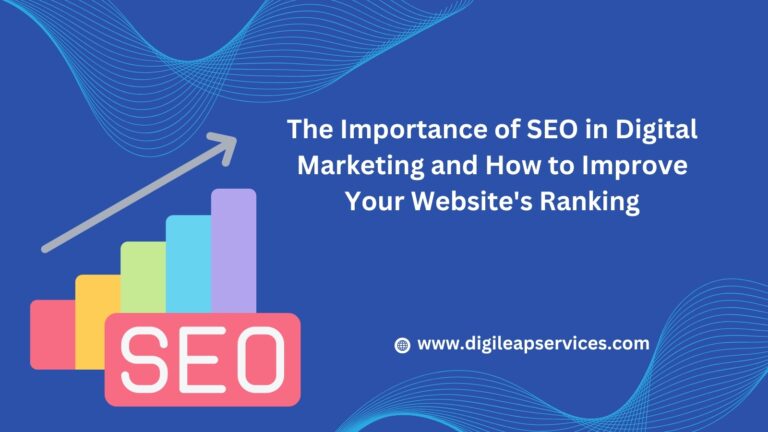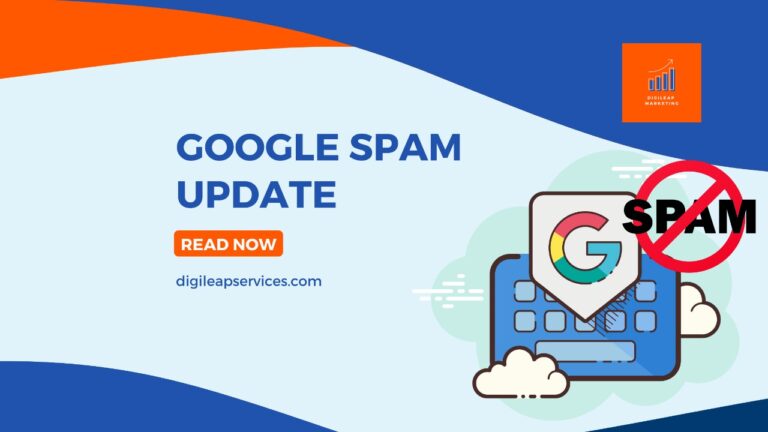Content Marketing Metrics That Matter: Are You Tracking These?
Content Marketing Metrics That Matter: Are You Tracking These?
Absent clients, no brand can exist. While client retention is critical, recruiting new consumers is critical to the growth of your organization. As a result, company directors should prioritize client acquisition.
What are the definitions of content marketing metrics?
Is content marketing Metrics a suitable approach to implement in your company? Probably. However, planning takes time and energy and executing requires resources. Just like any other plan, you’ll want to ensure that you’re receiving a solid return on investment (ROI) for your efforts.
To provide it, you’ll need to become acquainted with content marketing analytics. With these figures, you’ll be able to assess whether what you’re doing is having an effect as is, whether you need to adjust your strategy, or if you should abandon it entirely in favor of something else.
However, not everyone who uses content marketing Metrics knows how to do it correctly, which can lead to a loss of readers as well as a variety of other benefits. As a result, there are nine criteria you must monitor to assure the effectiveness of your content marketing effort.
There are 10 Marketing Metrics below mentioned.
1. Social Shares
Because social media is quickly becoming one of the primary venues via which internet users interact, it should come as no surprise that keeping track of your social shares is essential.
The great majority of social media sites will provide you with the necessary information through their built-in analytics systems, however some platforms may necessitate the usage of third-party solutions.
You may check at Buffer and Brand24 to track your social activity across all platforms. A service like BuzzSumo can assist you in determining which subjects and articles are being shared the most.
The amount of options accessible to you will vary depending on your goals and the platforms being used. However, you should only use a platform with which you are completely comfortable. Otherwise, you might not get the most out of the product.
2. Traffic Generate
You must understand traffic in order for a website to receive consistent traffic. What is your primary source of traffic? Are there any areas where content marketing may be improved? Knowing where your traffic is coming from and what type of content is getting the most views allows you to make changes as needed.
Again, there are a variety of tools available to assist you in viewing your traffic and its origins. Google Analytics may be the best option for most of you since it provides the most reliable statistics on traffic sources, user behavior, and acquisitions.
To determine which page receives the most traffic, navigate to Google Analytics > Behaviour > Overview.
If you’re a more experienced blogger with a large number of blogs to manage, you might want to try a third-party tool.
3. Retention of Customers
While it’s always good to have fresh visitors, it’s also crucial to strive to build relationships with readers so that you can retain consumers if feasible. Returning visitors can be used to determine what type of material is being interacted with.
This will enable you to create a marketing strategy that will provide a variety of rewards.
Make an effort to interact with your readers on a regular basis. Whether it’s permitting a comments area, soliciting future blog ideas, being socially engaged, or inviting guest posts.
4. CTR (Click-Through-Rate) (Click-Through-Rate)
Although the CTR monitoring technique may vary depending on the nature of your blog or website, the usual way to track the link between impressions and real website clicks is to utilize Google Search Console’s “Search Analytics” function.
If you pay for PPC marketing campaigns, CTR is one of the key factors that Google considers when assigning a quality score. As a result, if individuals aren’t clicking on your ad, you should reconsider your ad settings, placements, and targeting. The average Google Adwords CTR, according to Wordstream, is 1.10%.
5. Following the Engagement (Comments)
If someone leaves a remark on your post, there’s a strong probability they found it useful. As a result, it is a good idea to watch your comments and investigate why they were written. You may use the real comments to design material that is relevant to your audience’s requirements, in addition to removing any spammy comments.
6. Hyperlinks or Backlinks
Backlinks, contrary to popular belief, are more crucial today than ever before. Even though the technique of obtaining and validating backlinks has altered, powerful backlinks will still serve you well in terms of SEO. As a result, you should investigate which sites are connecting to you and how you can ensure that your work is worthy of citation in the future.
Go to Google Search Console > Search Traffic > Links to Your Site for the most convenient and dependable approach to examine your existing backlinks.
7. Page Time
Knowing how long readers spend on a certain page might help you develop your content in the future. For example, if you have an article that isn’t getting the attention you expected, you may review it to see if there is anything that can be changed.
Similarly, if users stay on a page of material for an extended period of time, it’s probable that you have some great content on your hands and should utilize this as a guideline moving forward.
Again, Google Analytics may be the greatest tool for determining which sites are attracting the most interest. Go to Behaviour > Site Content > Landing Pages to do so.
8.Bounce Rate
When you hear the word ‘bounce rate,’ it might be a bit of a catch-all, but it truly relates to how frequently users leave the website shortly after visiting on a website, and there might be a variety of reasons for this. It might be because of the content in some cases. Other causes include a bad user experience or a sluggish website load time. Finding the specific explanation might be a time-consuming endeavor in certain ways, but it’s definitely worth investigating if you want to lower the exit rate.
Go to Behaviour > Site Content > Landing Pages to see the bounce rate for each of your pages.
9. Rates Email Opt-In
While e-mail subscriptions may not be at the top of everyone’s priority list, they are nevertheless a vital measure to monitor. Those who have subscribed to your newsletter or email list have clearly found value in your material and wish for more of the same. In this way, such content might serve as a model for future posts.
Email marketing software providers like as MailChimp, AWeber, and Constant Contacts can take your email marketing and tracking efforts to the next level.
10. Shares and likes
Because engagement is critical in content initiatives, it must always be measured. This category relies heavily on likes and shares.
The entire amount of likes and shares in social media outlets is used to calculate the figures. The higher these figures, the greater the likelihood of involvement.
A high level of social media engagement allows you to reach more people since likes and shares make content more accessible to a bigger audience.
This statistic not only measures reach but also user interest in the content. After all, likes and shares are acts that promote and show appreciation for something that has been shared.
Conclude
You’ll notice that there are numerous criteria to examine, some more difficult than others. It’s also worth noting that improvements might take some time, therefore never feel that tracking metrics is a waste of time. It’s just a procedure that must be performed to guarantee that you’ll be laying the proper pillars for your blog, and so producing the correct type of online effect.












